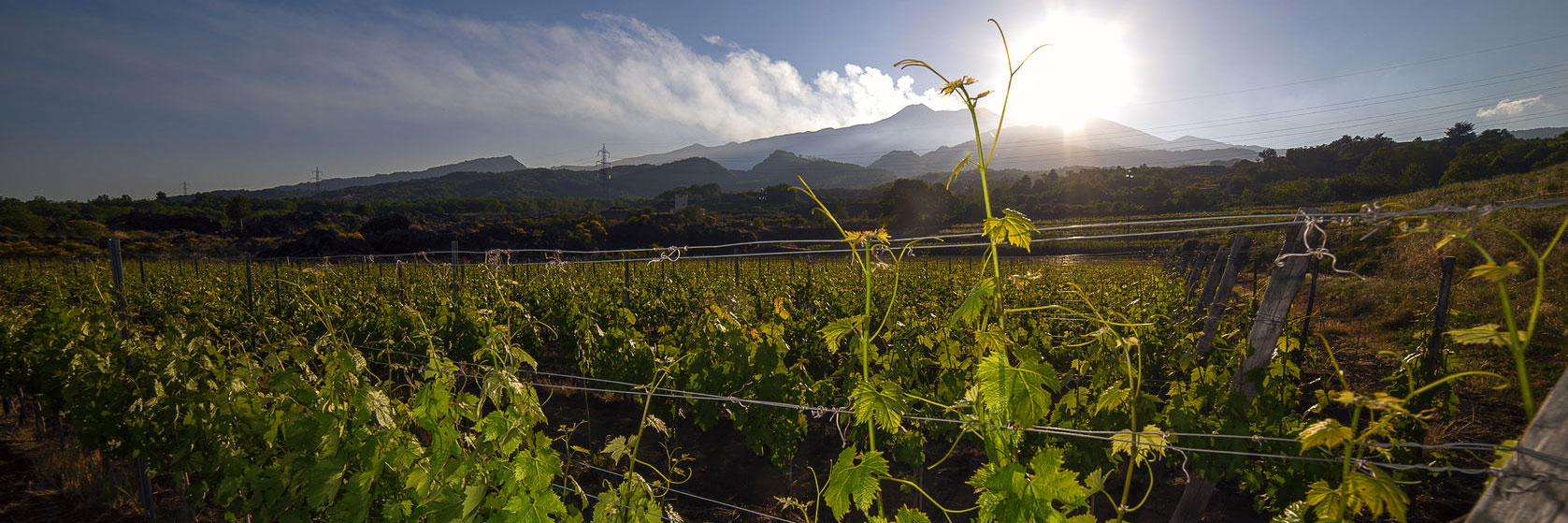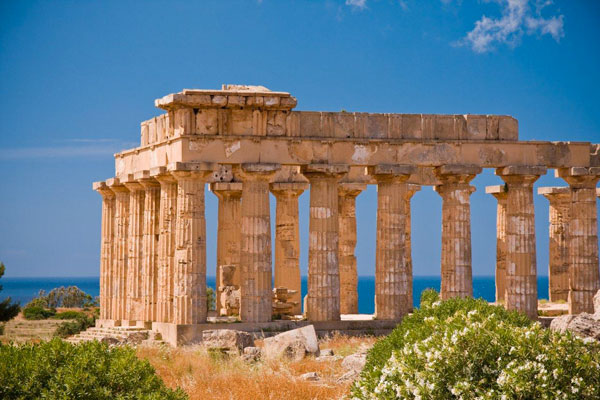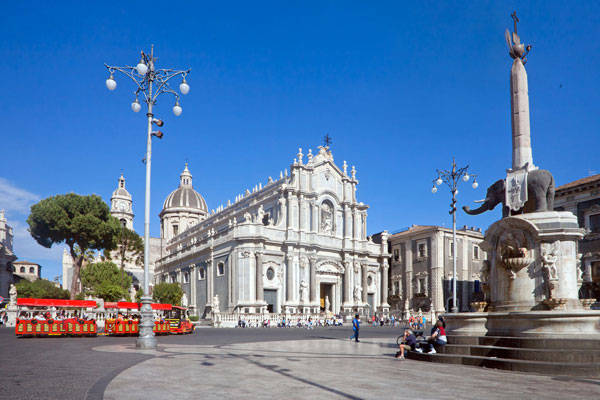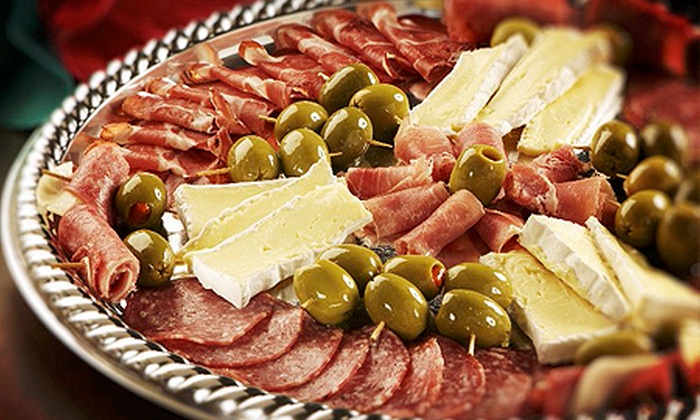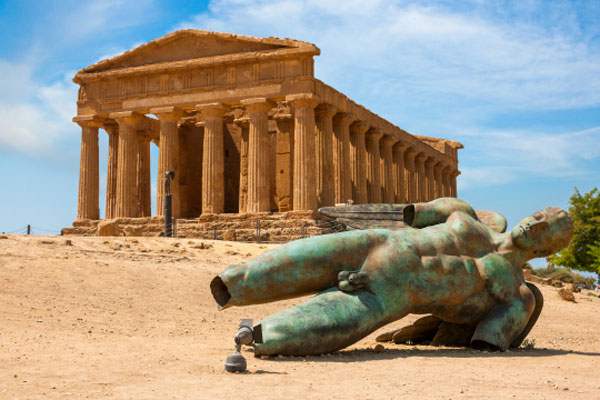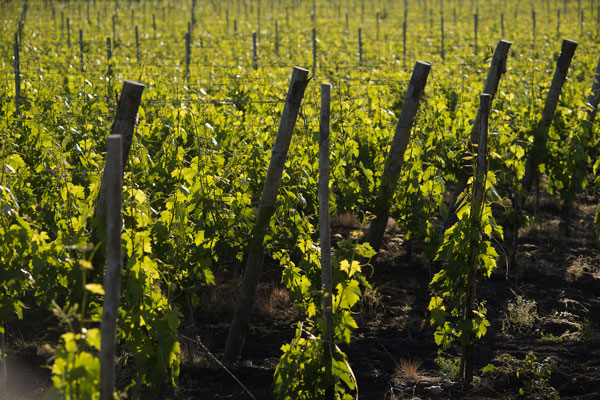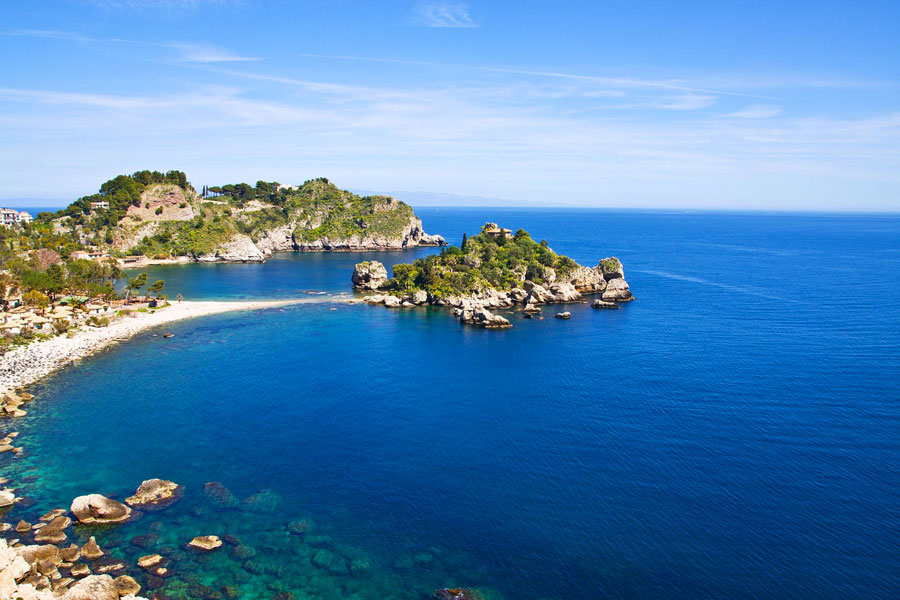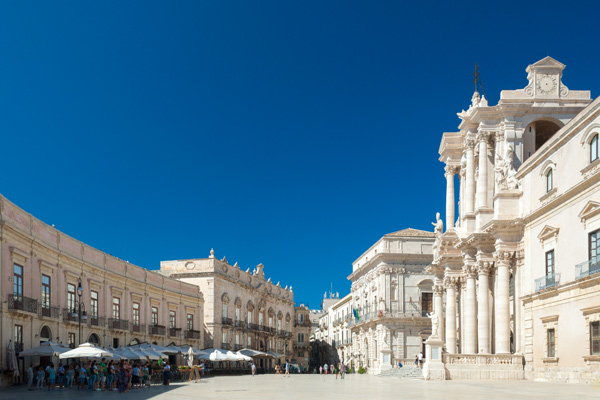Sicilian Wines
The mild climate, the configuration of the land, the closeness to the sea where grape-wines grow up provide an unrivalled taste to SICILIAN WINES.
A tradition stretching back over millennia has placed SICILIAN WINES among the most well known and appreciated wines all over the world. Grapes had been rising spontaneously in Sicily since the tertiary period. The Phoenicians merchandised SICILIAN WINES in the Mediterranean; the Greeks optimized vine growing and the Romans exported SICILIAN WINES all over their Empire. Julius Caesar’s and Pliny the Elder’s appreciations of SICILIAN WINES are still today famous.
In this tour of discovery of SICILIAN WINES Uzeda Viaggi suggests you the visit of the largest and historical Sicilian wineries, where the vineyard landscape is matchless for its terrace cultivation overlooking the sea, its palmenti – traditional stone wineries with massive wood lever presses – and its farmhouses. Here tradition meets modern and it will leave you breathless.





